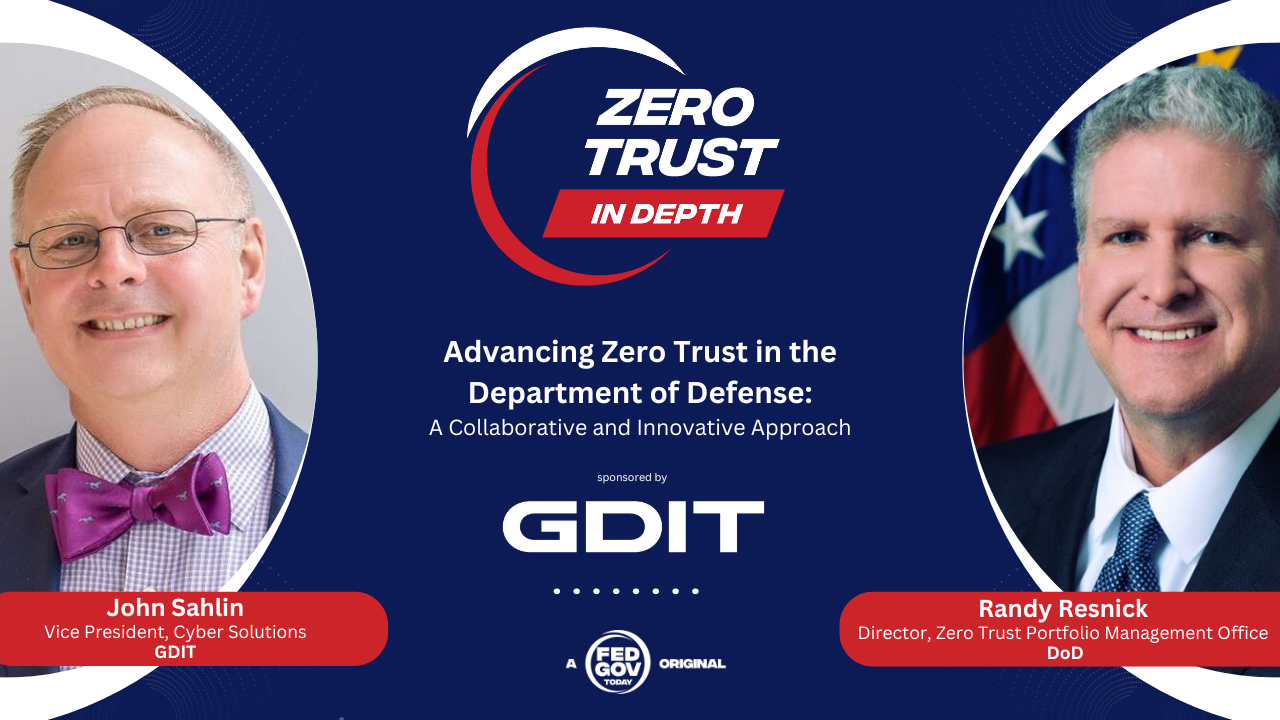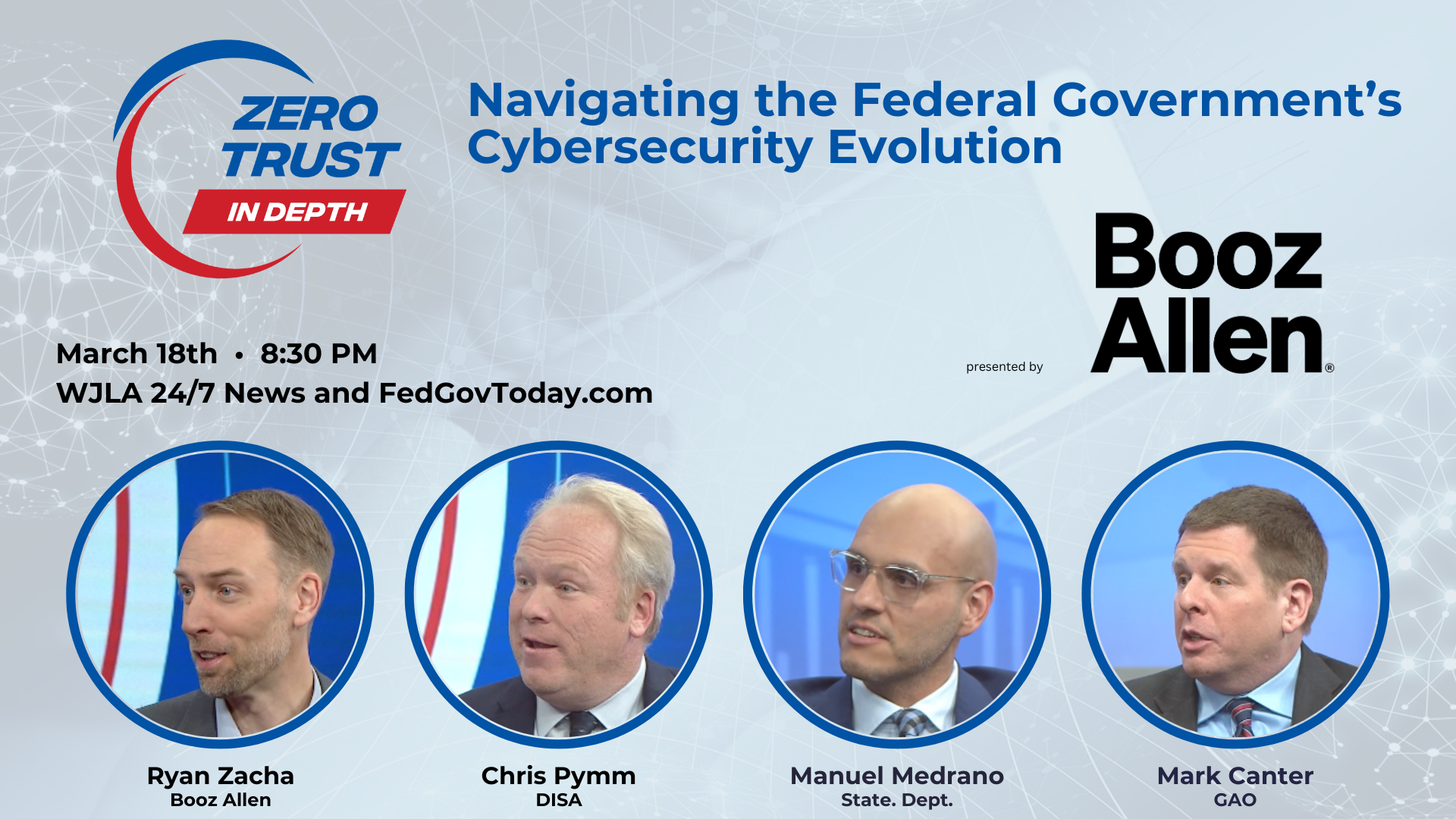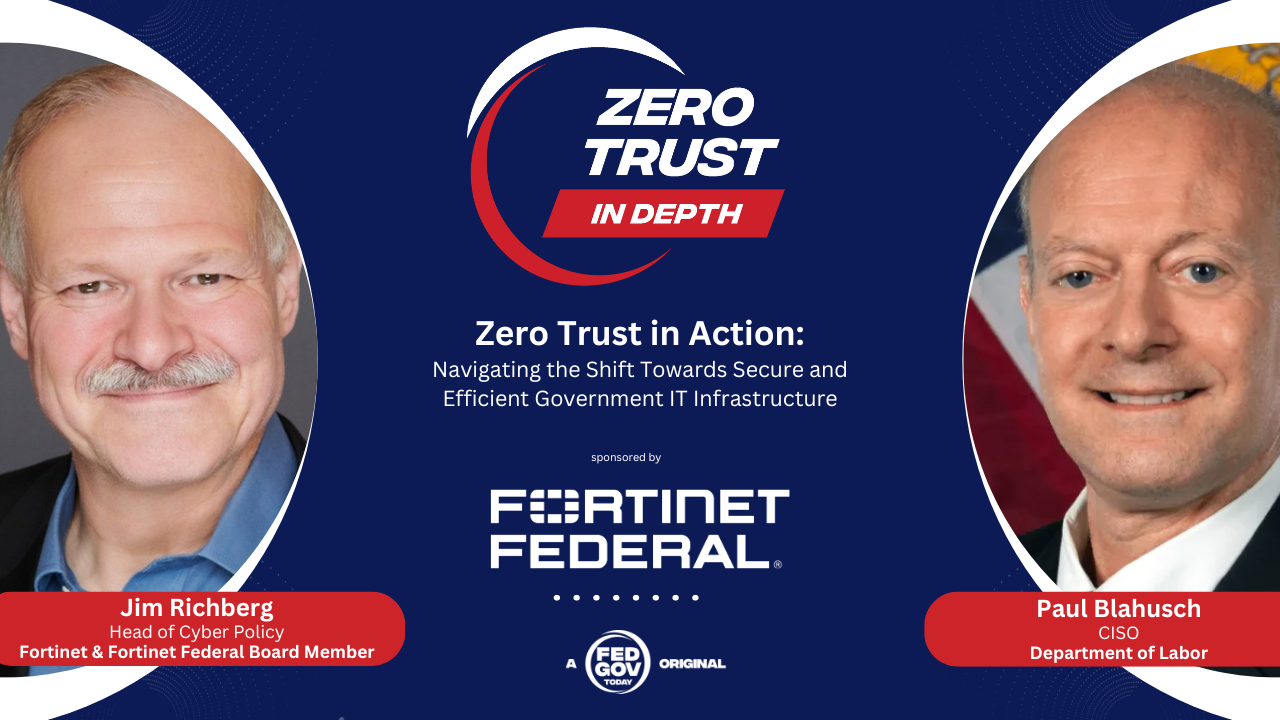Original broadcast 9/23/25
Presented by KPMG
The latest edition of Audit Readiness: In Depth, sponsored by KPMG, takes a close look at the War Department’s ongoing journey toward achieving and sustaining clean audit opinions. Host Francis Rose is joined by Joe Nave, Principal, Federal Finance Transformation Leader, KPMG US, and Gregory Koval, Deputy Assistant Secretary of the Navy for Financial Management Systems, for a conversation about what it takes to not only earn a clean audit but also to maintain it. From modernizing financial management systems, to creating effective data environments, to ensuring sustainability, this program highlights the lessons learned from the Marine Corps’ success and the broader implications for the Navy and the entire Department of War
Building the Foundation for Audit Success
In the first part of the program, Joe Nave of KPMG lays out the critical building blocks that separate organizations that succeed in audit readiness from those that continue to struggle. Nave emphasizes that one of the most consistent challenges across agencies, including the War Department, lies in their system environments and data management practices. While organizations may be able to present populations of data to auditors, the inability to fully explain intervening transactions or demonstrate a comprehensive understanding of their data environments has created persistent obstacles.

To address these challenges, Nave underscores the importance of preparing a complete and accurate data population from the outset. This includes not only capturing all transactions but also understanding the nuances of each type of transaction and anticipating questions auditors are likely to raise. By proactively addressing these areas, organizations can move beyond a reactive stance and instead engage in more informed, constructive conversations with their independent public accountants.
Nave also draws attention to the tension between system modernization and audit readiness. While upgrading financial management systems is essential for long-term progress, the near-term complexity of implementing new platforms often complicates the audit process. Over-customization of commercial off-the-shelf (COTS) products, for example, can make upgrades and integrations more difficult, slowing the pace of modernization and adding complexity to audits. To counter this, many organizations have adopted compensating strategies such as establishing data lakes, which allow for analytics and trial balance validations that strengthen financial reporting even in the face of legacy system limitations.
Sustaining a clean audit opinion presents another layer of challenge. Nave explains that organizations must be structured and resourced to manage the audit cycle continuously, not just during the lead-up to an opinion. This requires not only organizational commitment but also a willingness to simplify policies and procedures that may be outdated or overly burdensome. Tone at the top is critical here: leadership must demonstrate that supporting the audit is as much a part of the mission as operational objectives, reinforcing the importance of transparency and accountability to taxpayers.
Ultimately, Nave argues that achieving a clean audit opinion is not a finish line but rather a transition point. The real test for organizations comes in building the processes, structures, and cultural mindset necessary to sustain that opinion year after year, while continuing to modernize systems and improve data practices.
Sustaining Momentum and Modernizing Systems
In the second half of the program, Gregory Koval, Deputy Assistant Secretary of the Navy for Financial Management Systems, joins Joseph Nave to explore how the Marine Corps achieved its clean audit opinion and what lessons the Navy and the broader War Department can draw from that success. At the heart of the discussion is the central role of data. Koval explains that while internal controls and material weaknesses remain significant issues, the one factor that organizations can most directly leverage in their favor is data.
During the Marine Corps’ audit journey, the adoption of a new general ledger system created initial challenges but also provided standardized data that became the bedrock of success. By connecting disparate data sources into platforms like Advana, the Marine Corps was able to overcome the limitations of antiquated systems and produce reliable, analyzable financial information. This data-driven approach allowed leaders to take meaningful action, correct errors, and ultimately cross the audit finish line.
 Koval points out, however, that the War Department’s system environment remains a barrier to long-term sustainability. With numerous enterprise resource planning (ERP) systems and a host of additional legacy systems that support contract execution, the audit trail often requires navigating multiple platforms. This not only creates inefficiency but also drives up costs, consumes resources, and increases cybersecurity risks. Koval argues for rationalizing and consolidating these systems, both to simplify the audit process and to reduce the burden on personnel, budgets, and networks.
Koval points out, however, that the War Department’s system environment remains a barrier to long-term sustainability. With numerous enterprise resource planning (ERP) systems and a host of additional legacy systems that support contract execution, the audit trail often requires navigating multiple platforms. This not only creates inefficiency but also drives up costs, consumes resources, and increases cybersecurity risks. Koval argues for rationalizing and consolidating these systems, both to simplify the audit process and to reduce the burden on personnel, budgets, and networks.
The conversation then turns to the role of automation and artificial intelligence. For the Navy, automation offers the ability to patch gaps in the system environment by identifying errors, recommending corrections, and in some cases executing low-risk adjustments without human intervention. While AI’s effectiveness is constrained by the diversity and age of existing systems, it nonetheless represents a powerful tool for accelerating audit readiness and reducing manual workloads.
Koval emphasizes the need for pragmatism, warning against allowing the pursuit of perfection to undermine progress. The War Department’s standard financial information structure requires dozens of data elements to be flawless for transactions to post properly, but in practice, not all of these are necessary to meet audit or financial reporting objectives. In his view, a pass-fail mindset—similar to professional certification exams—can help organizations focus on what is “good enough” to succeed rather than being paralyzed by the unattainable goal of perfection.
Nave builds on this point, noting that acknowledging data deficiencies is the first step toward improvement. Once organizations understand the true state of their data, they can prioritize corrective action, build sustainable processes, and align modernization efforts with audit requirements. Internal controls remain an ongoing concern, but both experts stress that effective controls must be implemented in parallel with data improvements and system modernization, not in isolation.
Sustainability is a recurring theme throughout the discussion. Koval highlights the Marine Corps’ experience as proof that achieving and maintaining a clean opinion is possible, even for a globally deployed military service with complex asset structures. Once an initial opinion is achieved, audits become easier because they focus on current-year transactions rather than requiring comprehensive validation of historical data. This shift allows organizations to improve incrementally while reducing the scale of annual audit demands.
 Looking forward, both Nave and Koval see opportunities to leverage technology to strengthen audit readiness. By integrating emerging tools into ERP environments, adopting platforms that streamline governance and compliance, and revisiting outdated policies and regulations, the Department of War can not only sustain audit success but also unlock operational efficiencies. Koval cites examples where audit-driven analytics revealed that the Navy was paying to store obsolete items tied to retired weapons systems—insights that improve efficiency and deliver tangible taxpayer value.
Looking forward, both Nave and Koval see opportunities to leverage technology to strengthen audit readiness. By integrating emerging tools into ERP environments, adopting platforms that streamline governance and compliance, and revisiting outdated policies and regulations, the Department of War can not only sustain audit success but also unlock operational efficiencies. Koval cites examples where audit-driven analytics revealed that the Navy was paying to store obsolete items tied to retired weapons systems—insights that improve efficiency and deliver tangible taxpayer value.
In the end, the program makes clear that audit readiness is more than a compliance exercise. It is a catalyst for modernization, efficiency, and accountability. By consolidating systems, leveraging data, and embracing automation, the War Department can build on the Marine Corps’ example to achieve clean audit opinions across the enterprise and sustain them well into the future.



